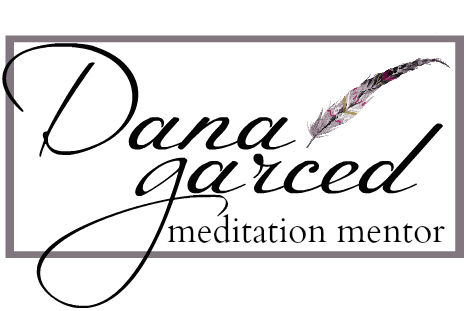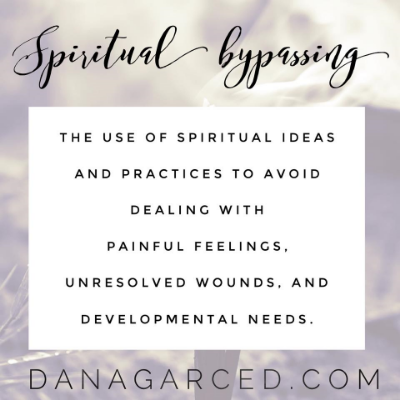Welcome to the 4 Part blog series "Meditation for Transformation" where I'll teach you my 4 step process to take your meditation practice beyond simple relaxation (and into the realm of deep, lasting life transformation).
If you follow these 4 steps (and do the 4 types of meditation), you'll have a simple process and the tools to calm your mind, uncover why you're feeling stuck in repetitive patterns, heal those patterns, and actively create the life circumstances you desire.
If you missed Part 1, you can get caught up here.
Now let's dive into Part 2 (or step 2) on the Meditation for Transformation journey!
Step 2: Befriend and Lean into Your Obstacles
In Part 1 you learned the importance of (and a tool for) cultivating a calm and focused mind (and emotions) when it comes to doing any change work. Today's theme, the power of cultivating AWARENESS, builds on part 1.
Now that you've learned concentration to focus and heal your mind to not get swept away by every little distraction around you, you're ready to further strengthen your power of awareness. While Part 1's concentration method had you laser focus your attention on an anchor (ie. your breath) and keep it there as best as you could, this week is all about using MINDFULNESS to expand that awareness from your anchor (ie. the breath), to all things in your present experience.
So why is AWARENESS so crucial for transformation and happiness?
We often mistakenly define happiness as the absence of discomfort or pain.
But happiness is not the absence of discomfort, but rather a byproduct of living in alignment with your soul.
The more you see and live from your truth, the happier and more fulfilled your life will be. And the quickest path back to your truth when you veer off, are your obstacles.
Mindset shift> Your obstacles are actually opportunities to see where you're out of alignment with your true-self, and they hold clues as to how to get back.
So how do you stop feeling hindered by your obstacles and start to get guidance from them?
The key is to stop treating them like malevolent attacks against you, and start treating them like a friend whispering guidance in your ear. That means you've got to start acknowledging obstacles and discomfort as helpful clues. AND you must be willing to sit with and lean into those difficult feelings, for as long as it takes, to uncover the opportunity (or clues) for transformation hidden within.
This isn't easy and takes compassion, courage, skill, and practice. Obstacles stir up uncomfortable and unpleasant feelings. And it's a natural human instinct to avoid discomfort (with distractions and addictions), and to seek out pleasurable feelings. Just think about any time you experienced a uncomfortable emotion or physical sensation. Your instinct was likely to quickly do something that brought more pleasurable sensations (like netflix, a beer, shopping, or even just the peace brought on by meditation! ).
But in order to shift your stuck, undesirable circumstances, you must be willing to go against your natural inclination of avoiding discomfort, and begin to lean into it (to eventually uncover what it's trying to tell you).



